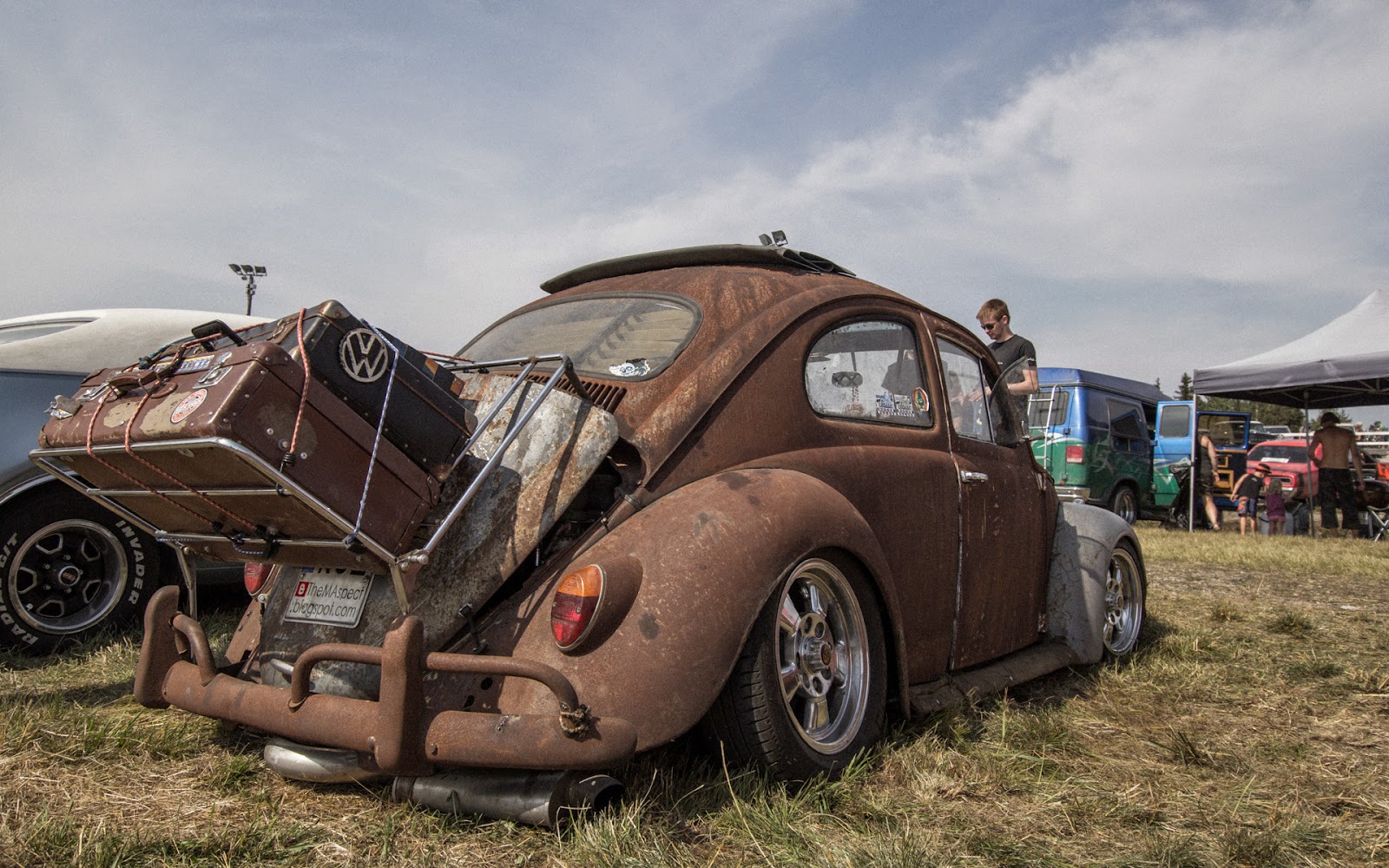The making of the interior has been pleasant suprise! I was quite afraid of it at first since I had some trouble when making the interior for the Stiletto last year. I began by modeling the steering wheel. Again, lots of sketches were made and the one I was satisfied had some Photoshop to make a decent blueprint. The progress was very similiar to that I used modeling the rims.

First I made the the torus (donut would just as accurate), then extruded and beveled the spokes. Symmetry was of course used so I only had to model half of the steering wheel. When making the steering wheel I noticed how useful the extrusion actually is since it keeps the mesh clean of triangles. The seats were modeled using boxes as basic shapes. Then quite a bit of beveling and chamfering were added to find the right shape. I also tried to add stiching to the steering wheel, and although it looked splendid it added quite a bit of extra geometry propably many would not notice. I doubt I will make any closeup renders of the interior when everything is finished.
Splines were suprisingly useful as well. The whole dashboard/floor was made by extruding a spline of the side profile. I saved probably 5 hours of work compared to the same part in the Stiletto.
A couple of renders to show off the progress.
I half-accidentally made a good way to make the gaps between body panels. Here is a quick tutorial.
1. Let's start with a simple sphere. I already converted this to Editable Poly and selected a ring of edges. When modeling a car these edges are the ones where you want to add a gap.
2. Add chamfer.
3. Bevel the faces inwards a couple of times with zero outline.
4. Bevel one more time. This time the outline should be larger than in the step 3.
5. Make a Multi/sub-object material with one material being pitch black. Easy way to make such is choosing Standard to start with and then taking colour and glossiness to zero.
6. Add the material to your object and choose the material ID of the highlighted polygons corresponding to your pitch black. This method works rather well with turbosmooth and doesn't force you to add open chamfers.
Most of the panel gaps in the car are modeled already. Here is a little closeup.
















































